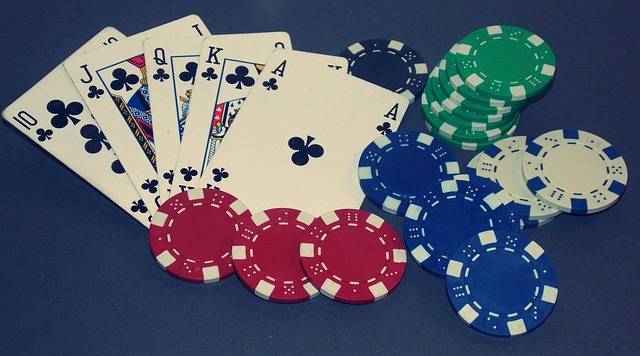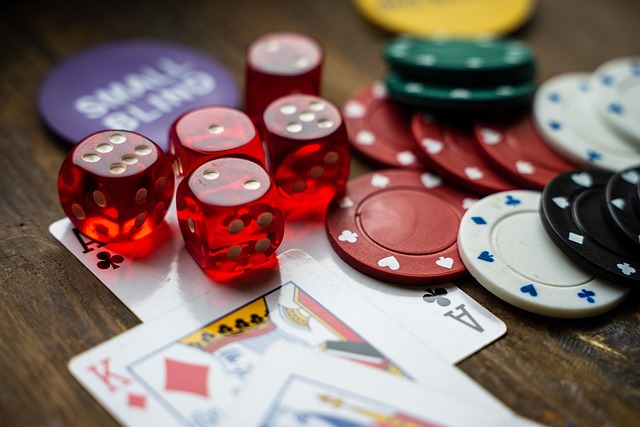The Psychology of Bluffing in Low-Stakes Poker
Bluffing is a fundamental aspect of poker, a game that blends skill, strategy, and a touch of luck. Whether you’re a seasoned player or just dipping your toes into the world of poker, understanding the psychology behind bluffing can give you a competitive edge, even in low-stakes games.
What is Bluffing?
Bluffing in poker refers to the act of making your opponents believe that your hand is stronger than it actually is. It is a strategic move aimed at deceiving your opponents into folding their hands, even when you have a weak or mediocre hand yourself.
The Psychology Behind Bluffing
Bluffing is a complex psychological game within a game. It involves reading your opponents, assessing their tendencies, and using that information to craft a convincing narrative about the strength of your hand.
Humans are wired to look for patterns and meaning in random events, a phenomenon known as apophenia. In poker, this translates to players trying to decipher their opponents’ behavior to discern the strength of their hands.
Common Bluffing Techniques
- Semi-Bluff: Betting with a drawing hand that has the potential to improve, even if it’s not strong at the moment.
- Pure Bluff: Betting with no hand at all, relying solely on the hope that your opponents will fold.
- Overbetting: Betting a large amount relative to the pot size to put pressure on your opponents.
- Check-Raise: Initially checking to induce a bet from your opponent, then raising to put them in a tough spot.
The Tell-Tale Signs
Just as players use bluffing to deceive their opponents, they also look for “tells” or behavioral cues that can give away the strength of a hand. From shaky hands to delayed reactions, players are constantly trying to mask their own tells while deciphering those of their opponents.
While physical tells can be informative, players at low-stakes games may not exhibit them as clearly as in high-stakes tournaments. Instead, it’s essential to focus on betting patterns, timing tells, and overall game flow to spot potential bluffs.
Questions and Answers
Q: Can bluffing be effective in low-stakes poker?
A: Absolutely! Bluffing is a universal strategy in poker, regardless of the stakes. While players at low-stakes games may be more inclined to call than fold, a well-timed bluff can still yield positive results.
Q: How can I improve my bluffing skills?
A: Practice, practice, practice. The more you play poker, the better you’ll become at reading your opponents and knowing when to bluff. Reviewing your hands, seeking feedback from peers, and studying poker strategy can also enhance your bluffing prowess.
Benefits of Bluffing
Bluffing adds an exciting element of unpredictability to poker, keeping players on their toes and injecting a sense of thrill into the game. It forces players to think critically, analyze situations, and make calculated risks, all valuable skills that extend beyond the poker table.
A Closer Look: Table Analysis
| Player | Hand | Betting Pattern |
| Player 1 | 7-8 (Two Pair) | Slow-played, then aggressive betting on the river |
| Player 2 | 10-J (Straight) | Consistent betting throughout the hand |
| Player 3 | 3-3 (Three of a Kind) | Checked until the river, then raised |
Conclusion
Bluffing is a cornerstone of poker strategy that requires a delicate balance of deception, psychology, and risk assessment. In low-stakes games, where the dynamics may differ from high-stakes tournaments, mastering the art of bluffing can set you apart from your opponents and lead to increased success at the tables.



